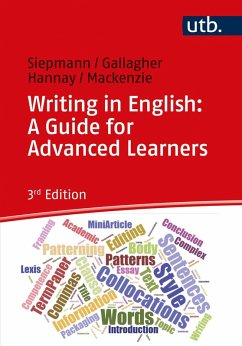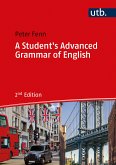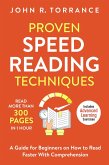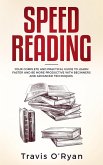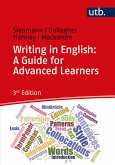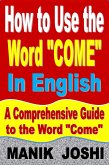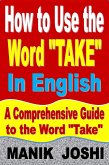Dieser Download kann aus rechtlichen Gründen nur mit Rechnungsadresse in A, B, BG, CY, CZ, D, DK, EW, E, FIN, F, GR, HR, H, IRL, I, LT, L, LR, M, NL, PL, P, R, S, SLO, SK ausgeliefert werden.
[...] Ganz im Gegenteil legen die Autoren Wert darauf, den Lesenden das notwendige grammatikalische Rüstzeug mitzugeben, um durch Fleiß und Training ein belastbares und profundes Verständnis von Textaufbau und -wirkung zu entwickeln. Wer sich die Zeit nimmt, den laden die Autoren dazu ein, sich im Fachbuch zu vergraben, zu schmökern und abzutauchen in die spannende Welt englischsprachlicher Schreibfertigkeit [...]
Aus: media-mania.de, Markus Goedecke, 30.10.2009
[...] Writing in English: A Guide for Advanced Learners" ist ein hochinteressanter und sehr aufschlussreicher Leitfaden zur Verbesserung der eigenen Fähigkeiten im Schreiben von englischen Texten. Zielpublikum ist an erster Stelle ganz klar der akademische Zweig. So eignet sich das Buch sehr gut zur Verwendung in Schreibseminaren, aber auch als umfangreicheres Referenzwerk im Bücherregal von Studenten. Auch für Englischlehrer in der Oberstufe des Gymnasiums sowie für Menschen in der freien Wirtschaft, die viel mit englischen Texten zu tun haben, bietet "Writing in English" einige interessante Aspekte. Der Preis von 22,90 Euro ist im Vergleich mit anderen wissenschaftlichen Veröffentlichungen eher moderat und somit durchaus vertretbar. [..]
» Zum Volltext der Rezension

